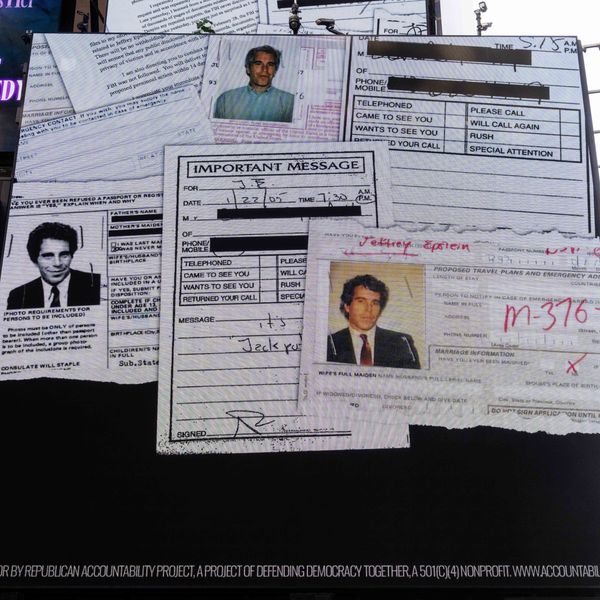Deeming their release "in the public interest," The Intercept on Monday published a large, download-ready batch of NSA internal document leaked by whistleblower Edward Snowden.
Though the release comes with a promise that even more files from the Snowden archive will be released in this manner over time, the journalists said today's document release--re-formatted pdf versions of the NSA's SIDToday, the agency's internal newsletter for its clandestine Signals Intelligence Directorate (SID)-- is designed to give other journalists and the general public better access to the source material first entrusted to them by Snowden in 2013.
"We at The Intercept have constantly sought out new ways to get as much of the archive provided by whistleblower Edward Snowden into the hands of the public as is consistent with the public interest," the outlet said in a press statement. "Beginning today, we are publishing batches of documents provided by Snowden, beginning with the NSA's internal SIDtoday newsletters. We are starting with the oldest SIDtoday articles, including 166 documents from 2003, and working our way through the most recent in our archive, from 2012."
As the editors at The Intercept explain: "Written in accessible, non-technical language, SIDtoday offers a window into the NSA's culture and operations. Although much of its content is unclassified and often appears largely designed to burnish the agency's self-image, SIDtoday also includes more revelatory sections that are officially 'secret' and 'top secret.'"
Explaining why the outlet has decided to proceed in this fashion, co-founder Glenn Greenwald offered an extensive explanation alongside new reporting based on the SIDjournal documents by staff journalists. Of the documents and the reporting, Greenwald writes:
The SIDtoday documents run a wide gamut: from serious, detailed reports on top secret NSA surveillance programs to breezy, trivial meanderings of analysts' trips and vacations, with much in between. Many are self-serving and boastful, designed to justify budgets or impress supervisors. Others contain obvious errors or mindless parroting of public source material. But some SIDtoday articles have been the basis of significant revelations from the archive.
Accompanying the release of these documents are summaries of the content of each, along with a story about NSA's role in Guantanamo interrogations, a lengthy roundup of other intriguing information gleaned from these files, and a profile of SIDtoday. We encourage other journalists, researchers, and interested parties to comb through these documents, along with future published batches, to find additional material of interest. Others may well find stories, or clues that lead to stories, that we did not. (To contact us about such finds, see the instructions here.) A primary objective of these batch releases is to make that kind of exploration possible.
Consistent with the requirements of our agreement with our source, our editors and reporters have carefully examined each document, redacted names of low-level functionaries and other information that could impose serious harm on innocent individuals, and given the NSA an opportunity to comment on the documents to be published (the NSA's comments resulted in no redactions other than two names of relatively low-level employees that we agreed, consistent with our long-standing policy, to redact). Further information about how we prepared the documents for publication is available in a separate article. We believe these releases will enhance public understanding of these extremely powerful and secretive surveillance agencies.
In addition to the source material, available here, The Intercept also published the following feature articles on Monday:


